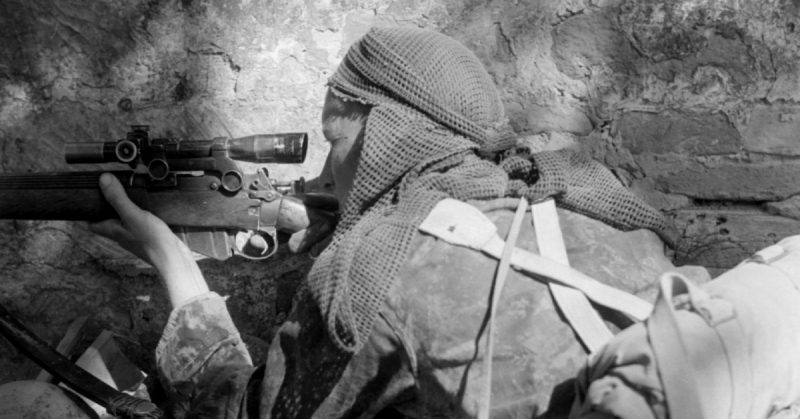While snipers were widely deployed by most of the various nations involved in the Second World War, no army really developed or produced a rifle for these sharpshooters that was specifically and solely dedicated to the art of sniping.
Instead, the rifles that the snipers of WWII used were generally the same ones used by infantry troops, sometimes enhanced by a few modifications such as optic sights. Often, however, these standard-issue rifles were used pretty much in their stock form by WWII snipers.
One example of just how effective these standard-issue rifles could be is that of the man who is possibly the most famous sniper of the era, Simo “Simuna” Häyhä. During the Winter War of 1939-1940 between Finland and the USSR, he racked up a kill count of over 500 men while using a M/28-30 rifle with standard iron sights.
In addition, all of the famous Soviet snipers who racked up huge kill counts against the Germans in battles like those of Stalingrad and Moscow used the standard Mosin-Nagant rifle. As much of the sniping was done in urban areas, in which buildings and other physical structures limited the range at which a shot could be taken, these mass-produced, multi-purpose rifles were generally more than adequate for the task of sniping.
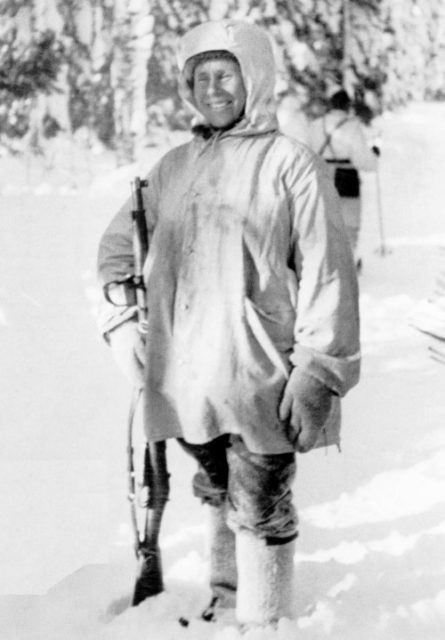
While the Mosin-Nagant rifle was not manufactured to the same degree of extremely high-quality precision as something like the American Springfield 30-06 or the German K98 Mauser, it was nonetheless a potent sniping tool in the right hands. As it had a longer sight radius than most of the other WWII-era bolt-action rifles, a shooter with excellent eyesight didn’t actually need an optic sight to make a kill at a distance of a few hundred yards.
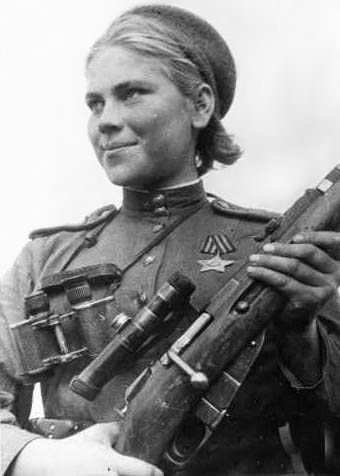
Indeed, many WWII snipers chose not to use optic sights, even when they had the option to have them fitted to their rifles, because telescopic sights could compromise their stealth and give away their position. Using optical sights meant that more of the sniper’s head would be exposed from his position, greatly increasing the risk of taking counter-fire.
Also, the lenses of telescopic sights would routinely reflect light, immediately giving the sniper’s position away and likewise exposing him to great risk. Optic sights were prone to fogging up in certain weather, rendering them ineffective. Often, snipers would instead be accompanied on their missions by a spotter who would use a pair of binoculars to locate targets.
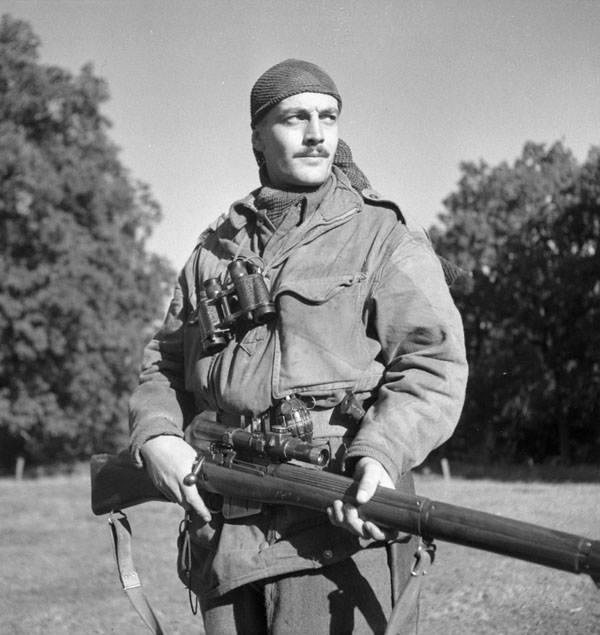
Nonetheless, some WWII snipers did fit telescopic sights to their rifles and used them to great effect. The famous Soviet sniper Ivan Sidorenko, who used a Mosin-Nagant fitted with an optic sight, made a great many kills this way, as did many other Soviet snipers who wreaked havoc among German forces in urban battles.
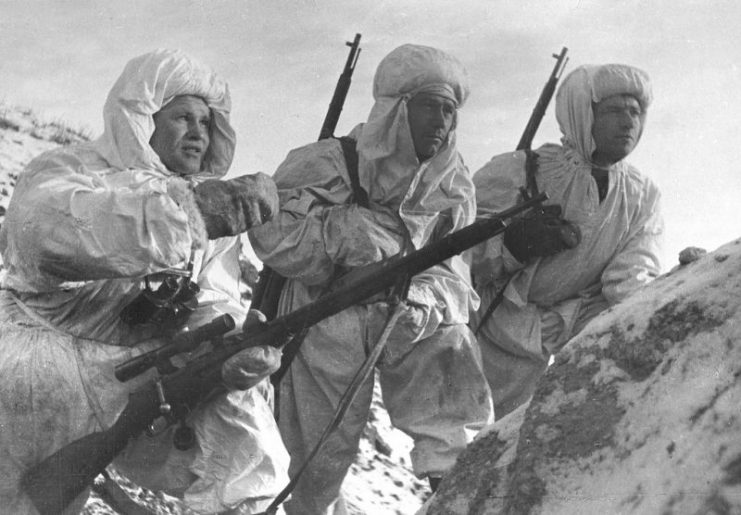
Germany also had dedicated snipers, who were trained in the arts of stealth, marksmanship and camouflage. German snipers had proved tremendously effective in WWI, so it was no surprise that Hitler believed them to be important enough to his WWII campaigns to train sharpshooters in the art of sniping.
German snipers used the K98 Mauser rifle, commonly regarded as one of the best bolt-action rifles ever made. While the Germans did not make a Mauser specifically for snipers to use, they did develop and produce sniper ammunition.
This special sniper ammo for the 7.92 x 57mm Mauser was called the “effect-firing” s.S round, and featured improved aerodynamic performance and an improved ballistic coefficient.
After encountering numerous deadly Soviet snipers in the earlier stages of the war, Germany soon began to increase the number of men they trained as snipers, and developed their training to make them as efficient and lethal as possible. By the end of the war, ruthlessly efficient German snipers were hated – and highly feared – by Allied infantry.
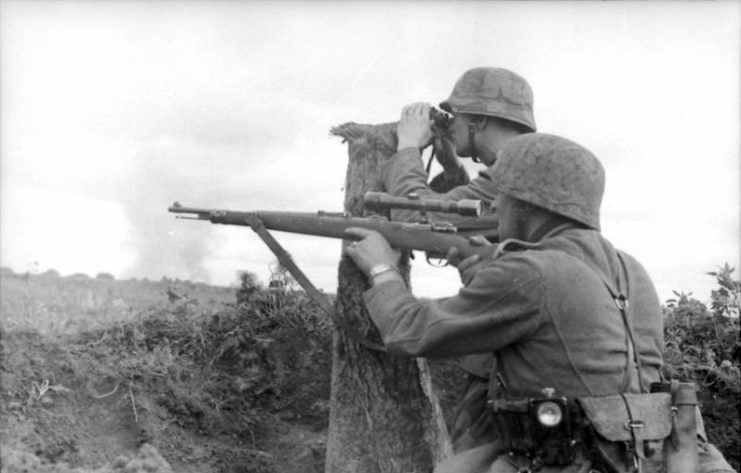
While America did not train any troops for the sole purpose of sniping, their infantry platoons did often have sharpshooters who pretty much functioned as snipers. These “designated sharpshooters,” as they were known, sometimes used Springfield 30-06 rifles with optic sights, but many of them preferred the M1 Garand, which they liked because of its long sight radius, which made for accurate shooting.
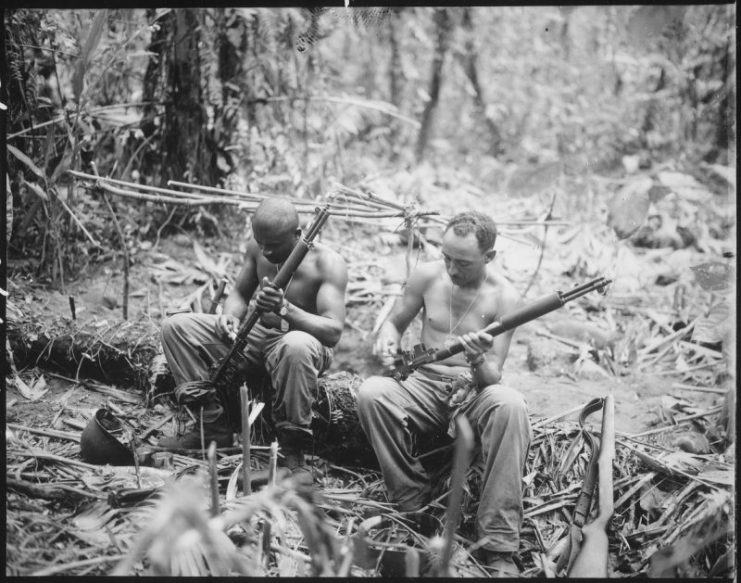
The British largely neglected sniper-specific training in the earlier stages of the war, but it didn’t take them too long to realize the battlefield value of a good sniper in the urban combat zones of the Second World War. British (and Commonwealth) snipers generally used the Lee Enfield .303, with or without optic sights. Australian snipers used these rifles to great effect against the Japanese in the Pacific theater of the war.
The Japanese too, though, made extensive use of snipers, particularly against the Americans in the Pacific theater. They often positioned themselves in trees, where they remained camouflaged with netting, and picked off American troops with incredible accuracy, aided by resting their .25 caliber rifles on branches.
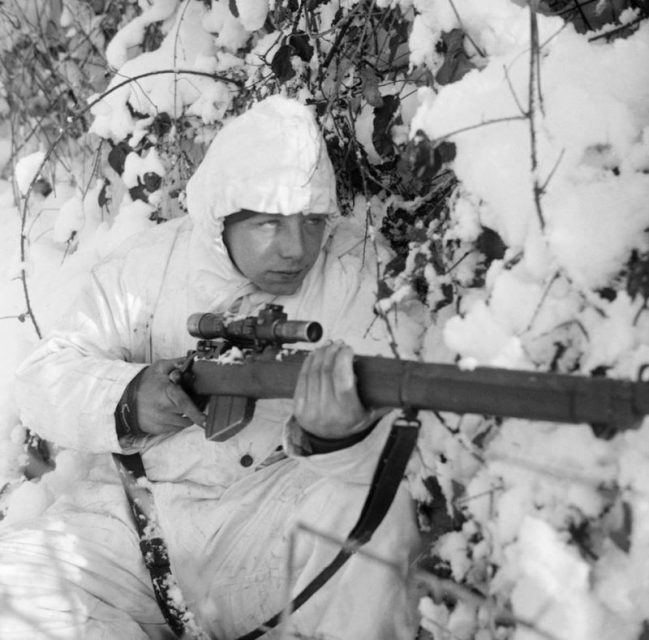
All in all, the Second World War was a conflict which demonstrated to the armies of many nations the value of training men specifically for sniping, and the sniper units of many modern armies can trace the roots of their tactics and training back to the lessons learned and the strategies developed in this war.
